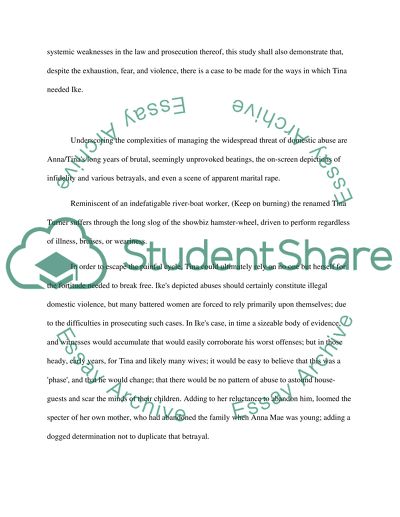Cite this document
(“Whats Love got to with it(1993) film analysis Essay”, n.d.)
Retrieved from https://studentshare.org/visual-arts-film-studies/1428587-whats-love-got-to-with-it1993-film-analysis
Retrieved from https://studentshare.org/visual-arts-film-studies/1428587-whats-love-got-to-with-it1993-film-analysis
(Whats Love Got to With it(1993) Film Analysis Essay)
https://studentshare.org/visual-arts-film-studies/1428587-whats-love-got-to-with-it1993-film-analysis.
https://studentshare.org/visual-arts-film-studies/1428587-whats-love-got-to-with-it1993-film-analysis.
“Whats Love Got to With it(1993) Film Analysis Essay”, n.d. https://studentshare.org/visual-arts-film-studies/1428587-whats-love-got-to-with-it1993-film-analysis.


